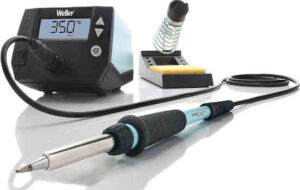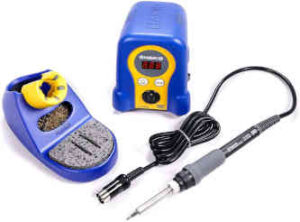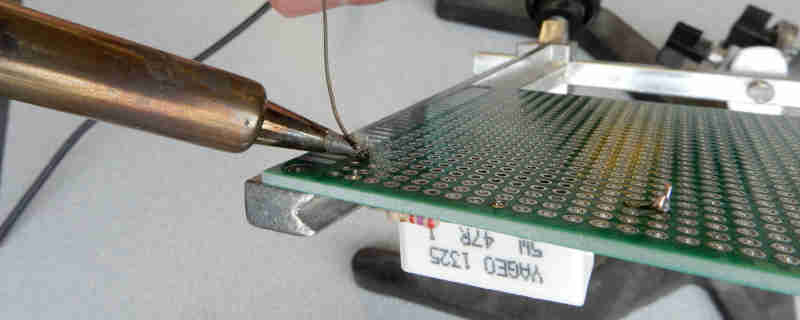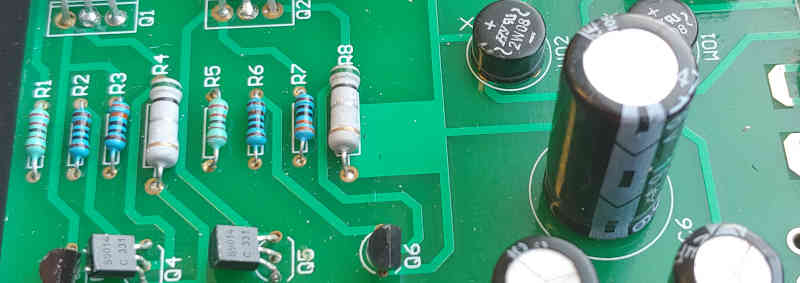This “How to solder” guide is not going to be one of those guides where I boringly and very technically explain each particular step in the procedure. And then you copy what I do – you may repeat what I am doing but you will forget it as soon as you finish your soldering project.
The idea of this guide s that you learn the logic and process that is involved in soldering.
This way you will be able to practice how to solder and build other soldering projects.
Once when you understand a basic of soldering and get familiar with soldering tools you will be able to build stunning circuit boards or repair of a complex PCBs. It doesn’t have to cost a lot to start learning how to solder.
The most popular in the USA

Weller WE1010 solder station

Hakko FX-888D soldering station

Weller WLC100 (cheap solder iron)


































